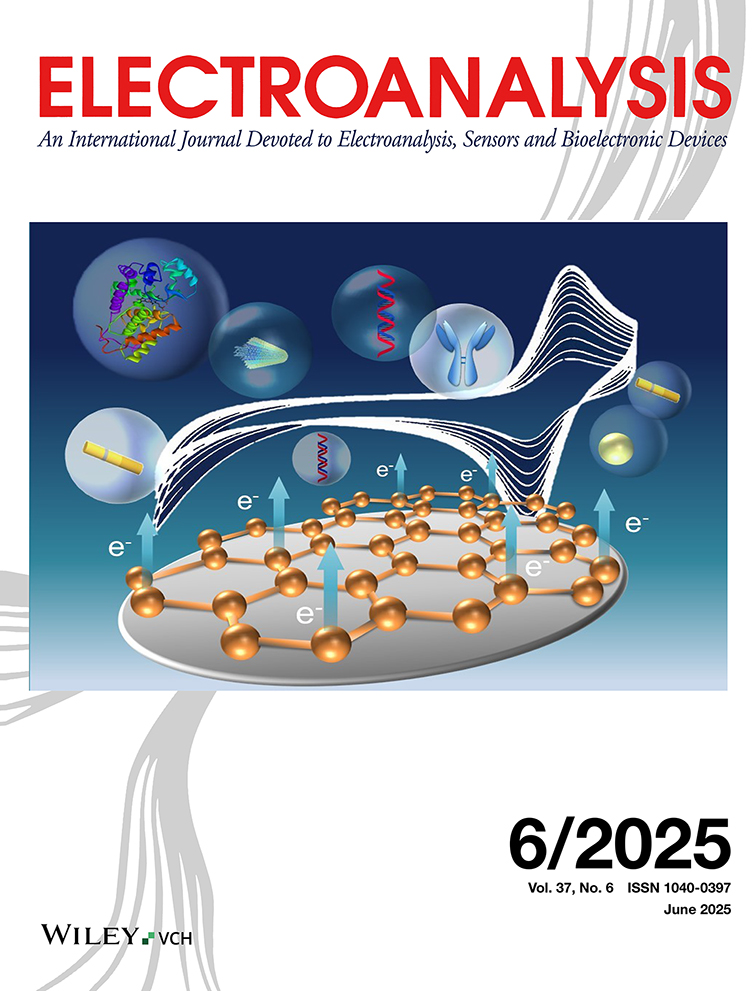A Disposable Biosensor for Organophosphorus Nerve Agents Based on Carbon Nanotubes Modified Thick Film Strip Electrode
Abstract
A disposable biosensor based on acetylcholinesterase-functionalized acid purified multi-wall carbon nanotubes (CNTs) modified thick film strip electrode for organophosphorus (OP) insecticides was developed. The degree of inhibition of the enzyme acteylcholinesterase (AChE) by OP compounds was determined by measuring the electrooxidation current of the thiocholine generated by the AChE catalyzed hydrolysis of acteylthiocholine (ATCh). The large surface area and electro-catalytic activity of carbon nanotubes lowered the overpotential for thiocholine oxidation to 200 mV (vs. Ag/AgCl) without the use of mediating redox species and enzyme immobilization by physical adsorption. The biosensor detected as low as 0.5 nM (0.145 ppb) of the model organophosphate nerve agent paraoxon with good precision, electrode to electrode reproducibility and stability. Analysis of real water sample using the sensor demonstrated the feasibility of the application of the sensor for on site monitoring of OP compounds.





